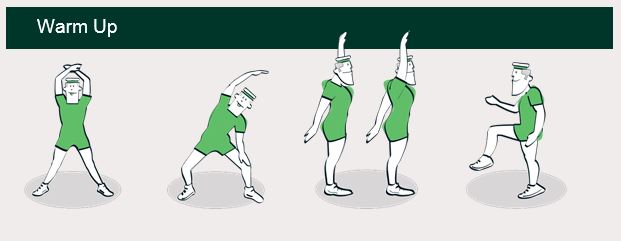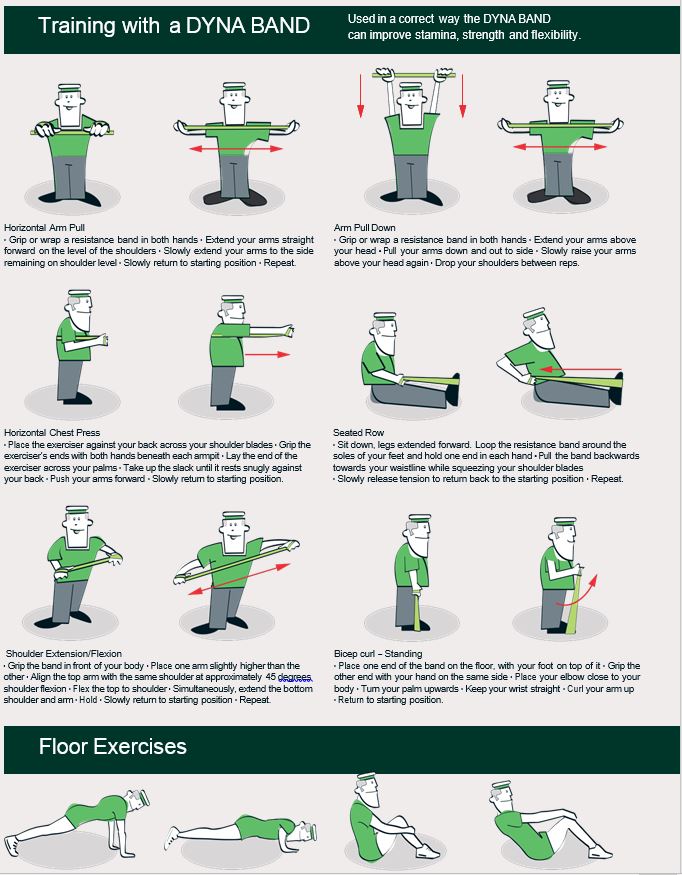Experts believe that exercise releases chemicals in your brain that make you feel good. Regular exercise can boost your self-esteem and help you concentrate, sleep, look and feel better. Exercise also keeps the brain and your other vital organs healthy
Many exercise programs exist that are specifically aimed at helping you keep fit on-board.
Work out a fitness routine that will fit in with your specific circumstances while on-board.
Staying fit helps in many ways
- It makes you physically and mentally stronger
- You are more balanced, without stress or physical hindrance
- Digestion improves
- Weight is kept under control
- Blood sugar stabilises, preventing diabetes
- Sleep improves
- Concentration improves as well as self confidence
- Bones and muscles get stronger, reducing the risk for injuries and disease
- Blood pressure stabilises and the amount of “good” cholesterol increases, reducing the risk of cardiovascular disease.
[Reference: Mental Health Foundation, https://www.mentalhealth.org.uk/].
Test your condition
Before starting fitness training, it is important to determine your level of training
|
1 |
Untrained |
never trained and/or above 50 yrs |
|
2 |
Beginner |
occasional training during the last year |
|
3 |
Advanced |
trains 1 - 2 times per week |
|
4 |
Sportsmen |
trains 3 - 4 times per week |
Measure your heart rate
The resting heart rate (RHR) is a general indication of a person’s physical condition. During training however measuring the heartbeat is important to maintain the appropriate level of exercise. The Maximum Heart Rate (MHR) determines the level of training you may use.
It is easy to calculate: 220 minus your age in years e.g. for somebody of 45 years: MHR=220-age= 220-45=175 heartbeats per minute
To maximise beneficial training the heartbeat has to be above the “training threshold” of 60% of the MHR. In our example the “training threshold” for a 45 year old is 175 x 60% = 105 beats per minute.
[Reference: International Seafarers’ Welfare and Assistance Network (ISWAN); Seafarers’ Health Information Program (SHIP).]
Heart rate at rest (heartbeats per minute)
|
|
Male |
Female |
||||||
|
Age |
Weak |
Medium |
Good |
Excellent |
Weak |
Medium |
Good Excellent |
|
|
20-29 |
86+ |
70-85 |
60-69 |
61 or less |
96+ |
78-95 |
72- 77
72-79
7 -79
7-83 |
71 or less
71 or less
73 or less
75 or less |
|
30-39 |
86+ |
72-85 |
6 -71 |
63 or less |
98+ |
80-97 |
||
|
0- 9 |
90+ |
7 -89 |
66-73 |
65 or less |
100+ |
80-99 |
||
|
50+ |
90+ |
76-89 |
68-75 |
67 or less |
10 + |
81-103 |
||
Avoid Injuries by Warming-up and Cooling-down
A safe and effective training session starts with 10-15 minutes warm-up to stimulate blood circulation in the whole body and all the muscles. A good warm-up prevents injuries especially in the untrained and beginners. After exercising for at least twenty minutes gradually reduce the intensity of the exercise, finish and then do the same warm-up exercises to cooldown.
Stretch the muscles used during training, and remember:
- Stretch in a rhythmic way but don’t bounce
- Stretch slowly and steadily, with attention to stretching at the end of the movement
- Hold the stretch for a slow count to ten
- Don’t push yourself into a painful stretch


Source: Oceanic Magazine (ed. 1 2023)
